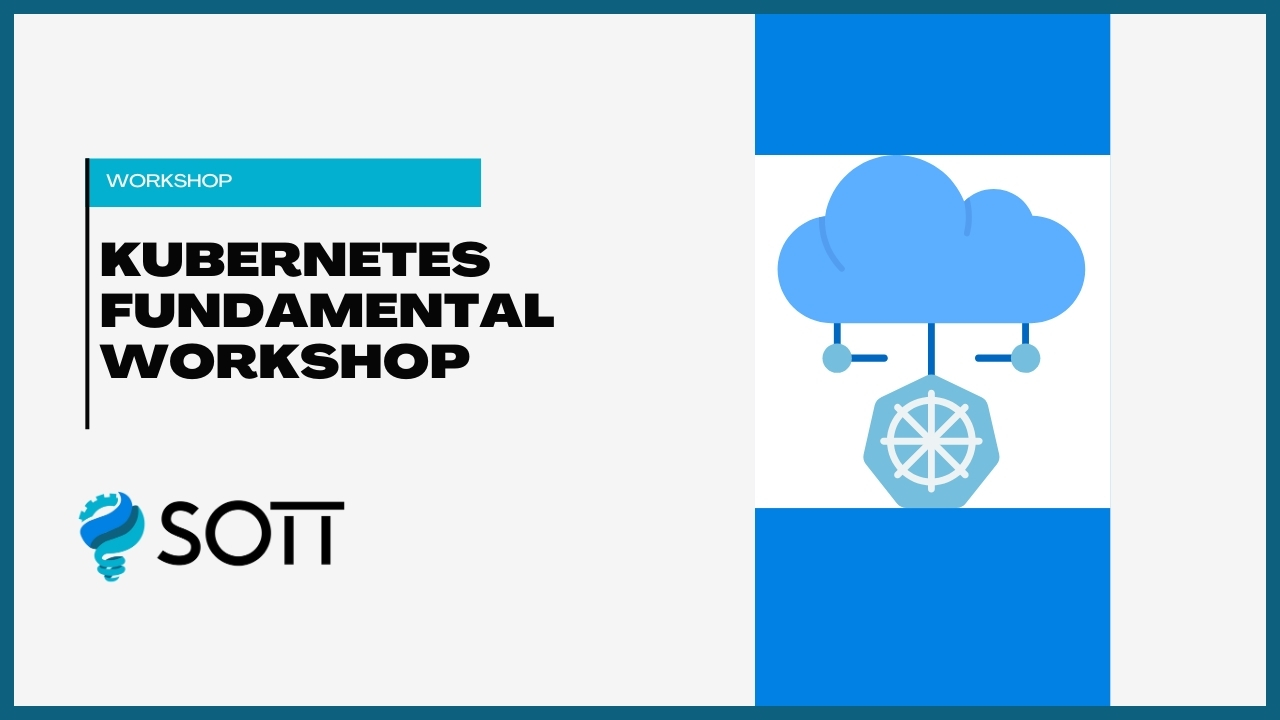Lesson 1: Introduction to Databases
-
What is a Database? - Definition, Importance, Real-World Examples
-
Types of Databases - Relational Databases, NoSQL Databases, Key Differencesa
Lesson 2: Database Architecture
-
Components of a Database System - Schema, Tables, Indexes, Storage Engines (e.g., InnoDB, MyISAM)
-
Database Models - Hierarchical, Relational, Document-oriented
-
Client-Server Architecture - Query Flow, Connection Handling
Lesson 3: SQL Basics
-
Introduction to SQL - DDL (CREATE, ALTER, DROP), DML (INSERT, UPDATE, DELETE), SELECT Statements
-
Query Writing - Filtering with WHERE, Sorting and Aggregations, Joining Tables
Lesson 4: NoSQL Basics
-
Overview of NoSQL - Key-Value Stores, Document Databases, Column-Family and Graph Databases
-
Use Cases for NoSQL - Flexibility, Scalability, Performance
-
Examples of NoSQL Databases - MongoDB, Redis, Cassandra
Lesson 1: Advanced SQL Techniques
-
Complex Queries - Subqueries, Window Functions, Recursive Queries
-
Indexing and Performance - Types of Indexes, Query Optimization
-
Transactions and Concurrency - ACID Properties, Isolation Levelsa
Lesson 2: Advanced NoSQL Techniques
-
Document Modeling - Embedding vs Referencing, Indexing in NoSQL
-
Scalability and Sharding - Horizontal Scaling, Data Partitioning
-
CAP Theorem - Consistency, Availability, Partition Tolerance
Lesson 3: Data Security and Backup
-
Database Security Basics - User Roles and Permissions, Data Encryption, Secure Connections (SSL/TLS)
-
Backup and Recovery - Full, Incremental, and Differential Backups, Point-in-Time Recovery
-
Disaster Recovery Planning - RTO and RPO, Replication and Failover
Lesson 1: Database Performance Tuning
-
Query Optimization - Explain Plans, Index Usage Analysis
-
Server Configuration - Memory Allocation, Disk I/O Optimization
Lesson 2: High Availability and Scalability
-
Database Replication - Master-Slave, Master-Master
-
Clustering - High Availability Clusters, Load Balancing
-
Scaling Strategies - Vertical vs Horizontal Scaling
Lesson 3: Database Monitoring and Troubleshooting
-
Monitoring Tools - MySQL Workbench, Prometheus + Grafana, NoSQL-specific Monitoring Tools
-
Logs and Auditing - Query Logs, Access Logs
-
Troubleshooting Techniques - Deadlocks, Connection Issues

- CategoryDatabase
- LevelIntermediate
- Duration3 Months
- Available SeatsUnlimited
Course Key Highlights
Real-Time Experts
Learn from industry experts with real-time experience.
Placement Support
Get assistance in securing your dream job with our dedicated placement support.
Live Project
Work on live projects to gain hands-on experience.
Certified Professional
Become a certified professional with industry-recognized certification.
Affordable Fees
Get the best quality education at affordable fees.
Flexibility To Assist
Flexible learning options to assist you in every way possible.
No Cost EMI
Pay your course fees in easy installments with no cost EMI.
Free Soft Skills
Develop essential soft skills along with technical knowledge.
Popular Questions to Ask Before Choosing a Course
SOTT courses include comprehensive video lessons, hands-on projects, downloadable resources, and live mentorship sessions. Our curriculum is designed to provide you with all the tools you need to succeed in your chosen field.
No, SOTT courses are designed to be flexible. You can start learning whenever it suits you best, and you have lifetime access to the course materials to learn at your own pace.
To take a SOTT course, simply enroll in the course of your choice, and you will have access to all the lessons, resources, and mentorship opportunities available. You can learn from any device, at any time.
Yes, upon completing a SOTT course, you will receive a certificate of completion, which you can share with your network and use to showcase your newly acquired skills to potential employers.
If you need help, you can reach out to our support team or connect with your course mentor for guidance. We are here to ensure you have the best learning experience possible.




